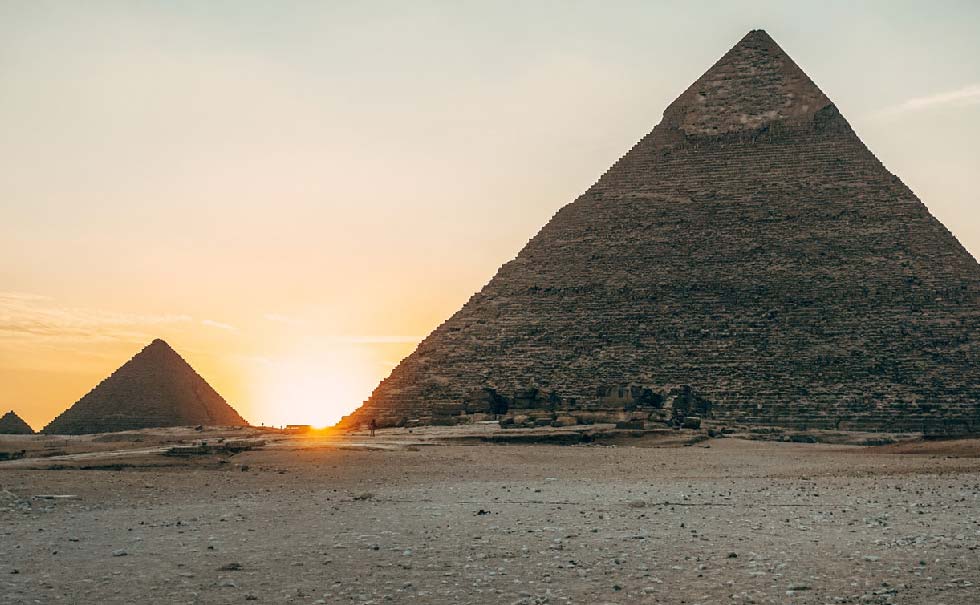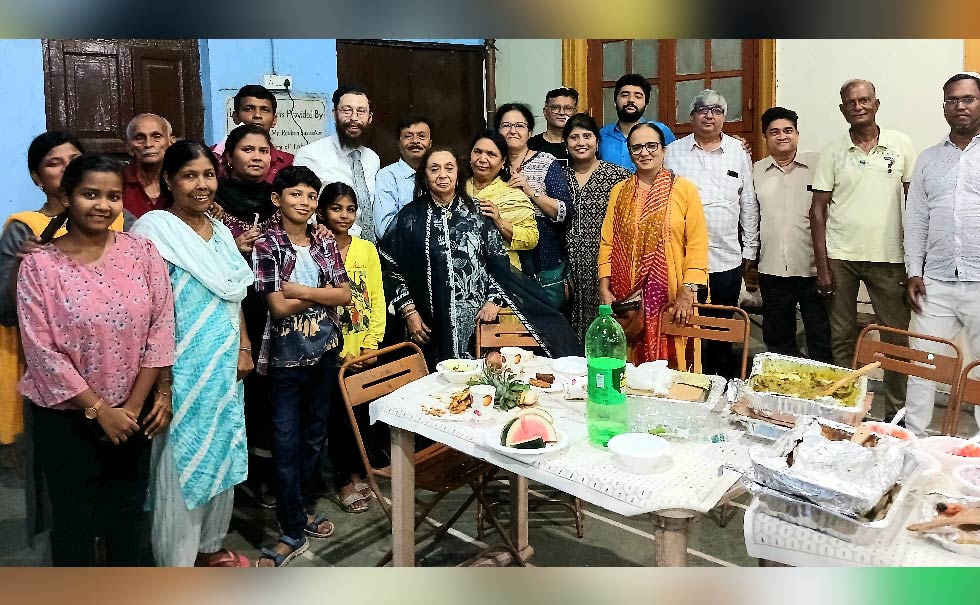Parshat Va’era
Shalom and Bracha,
Ever since I began to answer questions and share Torah content online, we reach a point in the year where the Parsha once again turns to the experience of the Children of Israel in Egypt.
As these Parashot reach us each my inbox becomes flooded with very familiar questions;
Concerning the plagues what is metaphorical and what is literal?
Is the Torah narrative of Egypt historically accurate?
Who was the Pharaoh of the exodus?
Why was Pharaoh’s free will removed from him?
I can give examples of many other questions that I receive along this line concerning this.
The simple and short answer to many of these questions is simple:
“I don’t know!”
As I write these words I am sitting in my mother’s living room as we are visiting her in the quiet beauty of rural Somerset in England, the walls are lined with books on almost every aspect of Egyptology – hieroglyphics and their translation, the diet, dress, religion, and culture of different eras under different Pharaohs: My mother is a human encyclopedia on the subject.
It would be in this library I would first read works from Immanuel Velikovsky, Igino Trevisanato, and others who posited geological and climate conditions that would make scientifically possible many of the plagues – if the right conditions are present. Whilst these theories had their time to be popular and to shed important questions regarding the narrative of the exodus story from sources other than the Tanach, they did not come to conclusive answers and many of the theories contradict each other to a great deal.
I grew up spending my summers around this immense library and its collection of Egyptology, comparative religion, botany, history, and various other obscure subjects. I am quite certain that a great deal of the search I feel I am still undertaking was inspired by the ideas I encountered here.
The Torah is a text replete with metaphorical descriptions, the ability to take the text hyper-literally is often not possible. The descriptions of the plagues of Egypt remain amongst most traditional Jews remain the focus of the Haggadah and essential part of our Mesorah (tradition) – that we were slaves in Egypt and that we were delivered through the mechanism of Divine miracle.
The issue with that, to briefly summarize, is that the actual historical evidence of such a sojourn, exodus, and miraculous deliverance is scattered and often unclear – the actual hieroglyphic evidence of Israel in Ancient Egypt is essentially absent, albeit with some reference to Semitic traders (thought possibly to be the Hyksos) on The Ibscha Relief from the tomb of Khnumhotep II. We enter a science of both conjecture and longstanding arguments into the translations of even popularly studied examples of hieroglyphs, and again without having such expertise I am myself often lost as to ratify the chasm between our tradition and what we factual know;
For us, the message of the exodus from Egypt is one of the most profound stories to have inspired mankind, universally relevant in the search for freedom – emancipation from slavery and the meeting between the common man and God Himself directly. So profound a message, so unforgettable in fact that it continues to define our religion until this very day.
For Orthodox Jews, the need to accept the Exodus is apparent through our prayers, teachings and could be called a theological requirement. It forms a central element of our entire prayer structure and is an intrinsic part of our Sabbath and Festival liturgy as well as our daily blessings on and including within the Shema:
“What does one read [to fulfill the Mitzvah of Shema]? Three sections and they are:
‘Shema’ (Deuteronomy 6:4 – 9)
‘V-haya Im Shamoah,’ (Deuteronomy 11:13 – 21)
and ‘Va’yomer’ (Numbers 15:37– 41) … (the section containing the Mitzvah of Tzitzit), since it too contains the command to remember all the mitzvot.
Although the Mitzvah of Tzitzit does not apply during the night, we read it (the section) at night as it makes mention of Yetzi’at Mitzrayim: there is a Mitzvah to mention Yetzi’at Mitzrayim both by day and by night, as the verse says:
‘In order that you remember the day you left Egypt all the days of your life.’
(Deuteronomy 16: 1)
Reading all three parshiyot in their proper sequence is what is called ‘Keri’at Shema.'”
(Rambam: Hilchot Keri’at Shema 1:2-3)
(::Note:: the Rambam does not bring the Mitzvah to remember Egypt within the context of his Sefer HaMitzvot nor in the Yad Ha-Chazaka in as clear manner that he states above – aside from the Passover Festival (Sefer HaMitzvot Positive Commandment: 157) the Mitzvah is absent in terms of a daily requirement – this could be a Shiur Torah in itself! – for more see the Rashba there::)
The Holy Sages of the Talmud perhaps saw little difficulty in resolution between literal description and metaphorical content and instead celebrated this as an opportunity to Drash, we see examples in many wonderous Midrashim that spell out the details and lessons from the descriptions of the plagues as well as giving us the context for the individual plagues themselves such as in Midrash Tanchuma (Va’era 14), the general idea is perhaps expressed in the well-known phrase, Midda Ka’neged Midda or “a turn for a turn”, a central belief in terms of Divine punishment and retribution – to that conclusion, Hashem brought each plague as a specific punishment for the poor treatment of the Israelites by their Egyptian captors.
This dichotomy between faith and presented facts is hardly limited to this discussion or indeed in any way a new conversation – arguably the iron faith in the literal exodus has long outlived the changing landscapes in the search to find the historical and archeological truths:
Judaism differs in some elements of the discussion; not for its requirement to believe in the experience of the Divine through an individual messenger or prophet, but of collective national identity with its own unique mythology and understanding of its history; the belief in the people as a nation is crucial in terms of our religious theology.
Regardless of our approach to the subject, the Torah is calling out to us in every generation to question the freedoms around us; the culture and society that we live amongst. We find lessons to lift us out from our own personal moments of darkness and spiritual confinement – we use the remembrance of the deliverance from Egypt as a mechanism to connect with our Creator, this keeping in mind of Divine purpose and responsibility to covenant is defined as true “freedom” – perhaps why when Hashem’s name is spelled out in full in the form known in Kabbalah as מ”ה (“MaH” – with a numerical value of 45 = יו”ד ה”א וא”ו ה”א) has the name both mankind אָדָם and redemption גְאוּלָּה –
May we all be merited to see the full redemption of mankind and a time of clarity and peace.
Rabbi Jonathan Goldschmidt ©
www.rabbigoldschmidt.com




